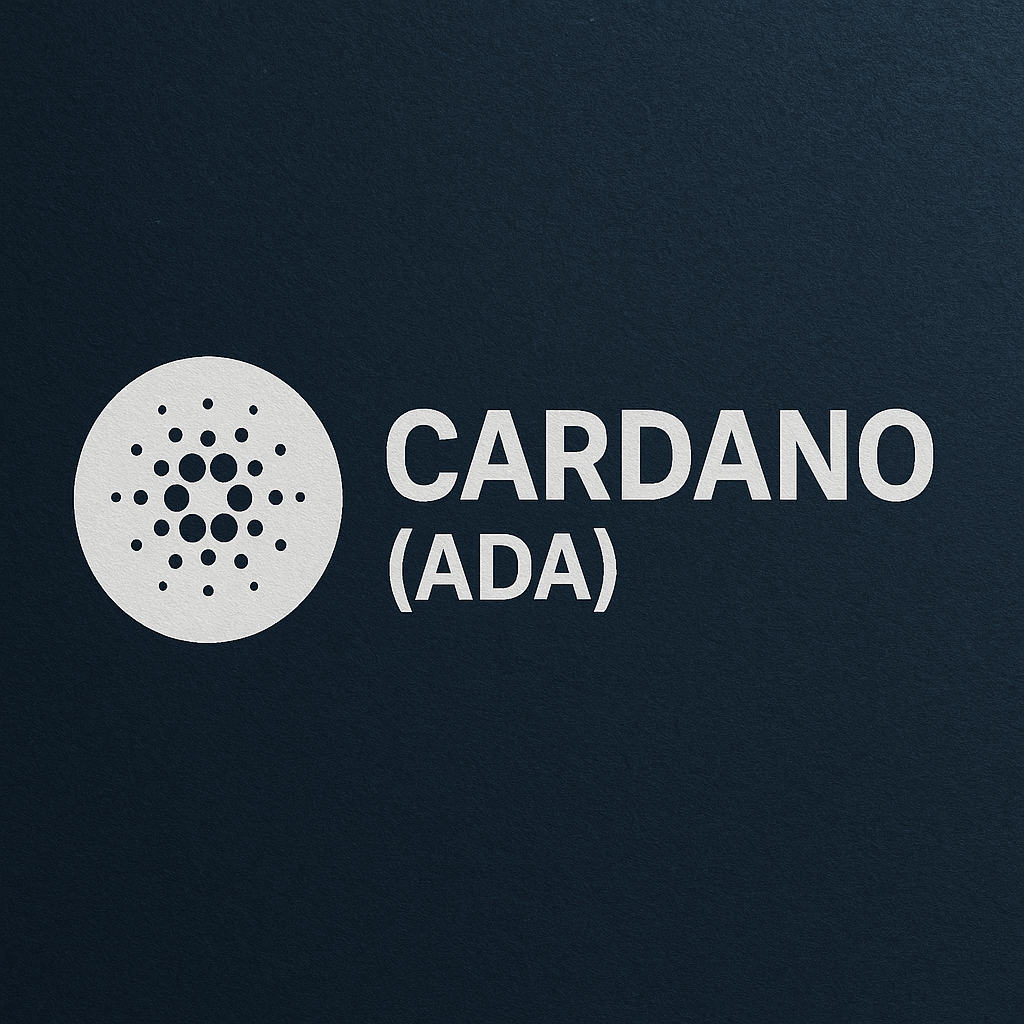Introduction
As someone who has been diving deep into the world of cryptocurrencies for quite some time now, I’ve come across countless projects—each claiming to be the next big thing. But when it comes to blockchain platforms that combine innovation, sustainability, and real-world utility, Cardano (ADA) stands out for me.
In this blog post, I want to share why I’m personally so excited about Cardano’s potential, what makes it unique, and why I think it has what it takes to revolutionize the crypto space. Whether you’re a fellow crypto enthusiast or someone who’s just starting to learn about blockchain, I think you’ll find this overview of Cardano insightful and maybe even inspiring!
What is Cardano?
At its core, Cardano is an open-source blockchain platform designed to enable decentralized applications (dApps) and smart contracts. It’s often referred to as a third-generation blockchain—following in the footsteps of Bitcoin (first generation) and Ethereum (second generation)—but with a lot more emphasis on scalability, security, and sustainability.
Cardano is special because it was built from the ground up with a focus on scientific research and peer-reviewed design. Unlike many other blockchain platforms that rush to release new features or technologies, Cardano takes its time to ensure that each update is thoroughly tested and backed by academic research. This is one of the reasons I find Cardano so intriguing—it’s not just about moving fast; it’s about getting it right.
How Does Cardano Work?
Cardano’s unique structure sets it apart from other blockchains in some pretty exciting ways:
- Proof-of-Stake (PoS) with Ouroboros: While Bitcoin and Ethereum use a Proof-of-Work (PoW) mechanism that requires massive amounts of energy, Cardano operates on a much more energy-efficient Proof-of-Stake (PoS) consensus algorithm called Ouroboros. With PoS, instead of miners, you have validators who stake their ADA tokens to help validate transactions. This is not only more eco-friendly but also helps the network scale without sacrificing security.
- Two-Layer Architecture: Cardano is built with a two-layer architecture—the Cardano Settlement Layer (CSL) and the Cardano Computation Layer (CCL). This separation allows the platform to process transactions quickly on the CSL while running smart contracts and dApps on the CCL. In simple terms, this means Cardano can offer both secure transactions and the ability to build complex decentralized applications without compromising either.
- Scientific Research and Peer-Review: One of the things that drew me to Cardano from the beginning is its commitment to scientific rigor. Cardano’s development is based on academic research, and all new features undergo peer review before being implemented. This is a big deal because it ensures that Cardano is not just about hype—it’s about building a stable, secure, and reliable blockchain.
Why Cardano Matters: Real-World Applications
Here’s the thing: While many blockchain projects are focused solely on the technology, Cardano has real-world applications that can make a tangible difference, especially in underdeveloped regions. Here are some of the ways Cardano is aiming to change the world:
- Financial Inclusion: One of Cardano’s key goals is to provide access to financial services in regions where banking infrastructure is limited or nonexistent. In Africa, for example, Cardano is working on projects that allow people to verify their identity, access microfinance, and even receive blockchain-based education certificates.
- Sustainability: With the growing concern around energy consumption in the crypto industry, Cardano’s energy-efficient Proof-of-Stake model positions it as a more sustainable alternative to energy-hungry Proof-of-Work blockchains like Bitcoin.
- Interoperability: In the crypto space, interoperability—the ability for different blockchains to communicate with each other—is crucial. Cardano is working on features that would allow it to work seamlessly with other blockchain platforms, such as Ethereum and Bitcoin. This could be a game-changer in terms of connecting different crypto ecosystems.
Why I’m So Excited About Cardano
As someone who’s passionate about the potential of blockchain, I’m honestly really excited about Cardano’s long-term prospects. I believe it’s one of the most innovative, sustainable, and useful blockchain platforms out there today. Here are a few reasons why I think Cardano is worth watching closely:
- Real-world Impact: Cardano is already making a difference in Africa, and I believe its model could be replicated in other developing nations. The idea of using blockchain to empower individuals and provide financial services to those who are typically left out of the system is a cause I can get behind.
- Commitment to Sustainability: In a world where energy efficiency is becoming more and more important, Cardano’s Proof-of-Stake approach makes it stand out. Environmental responsibility is a huge plus in my book!
- Innovation: The fact that Cardano is built with a focus on scientific research and peer-reviewed development gives it a strong foundation. The platform’s long-term vision, which includes features like decentralized governance, makes me feel confident that Cardano is in it for the long haul.
What’s Next for Cardano?
Looking ahead, there are several exciting developments on the horizon for Cardano:
- Smart Contracts: Cardano recently implemented smart contracts through its Alonzo upgrade, which opens up the platform to developers wanting to build decentralized applications (dApps). This is a huge milestone that could make Cardano a major player in the decentralized finance (DeFi) space.
- Governance: The upcoming Voltaire upgrade will introduce decentralized governance, allowing ADA holders to vote on important decisions regarding the future of the Cardano network. This feature will give the community more control over Cardano’s direction, further decentralizing the platform.
- Partnerships and Growth: With Cardano’s focus on real-world applications, particularly in developing countries, I expect we’ll see more partnerships that extend its reach and impact.
Conclusion: Why I Believe in Cardano’s Future
To sum up, Cardano has everything it needs to succeed. The platform’s scientific approach, commitment to sustainability, and real-world use cases make it one of the most promising blockchain projects in the crypto space. I’m genuinely excited to see where it goes from here, and I believe that it will play a crucial role in the future of decentralized finance and blockchain technology.
If you’re just starting to explore Cardano, I highly recommend doing some more research and keeping an eye on its future developments. I’m convinced that in the coming years, we’ll see Cardano rise as one of the leading blockchain platforms in the world.

